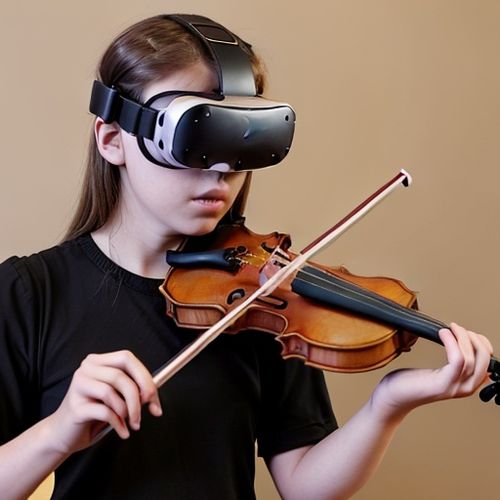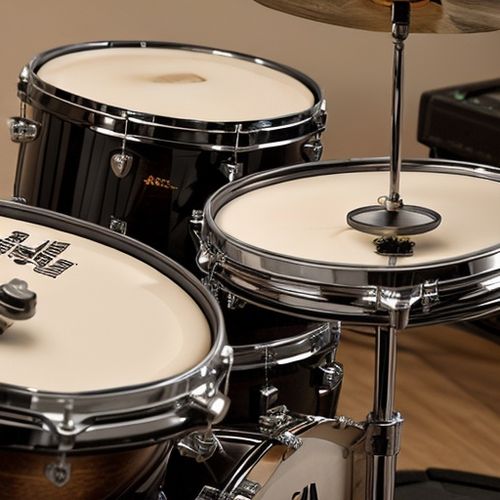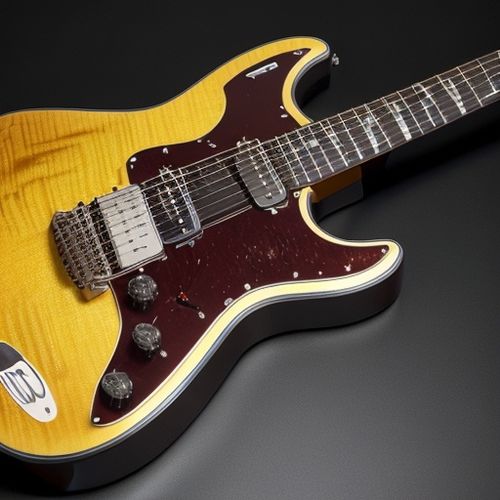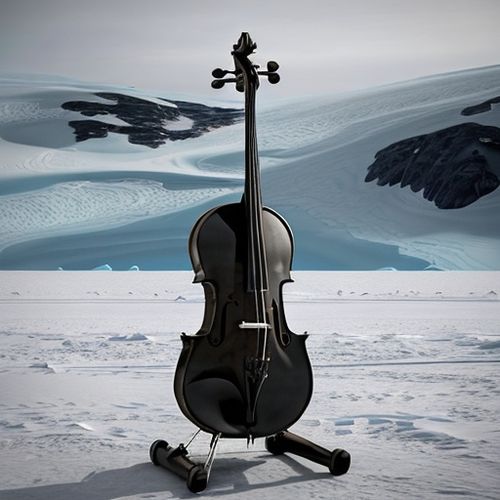The recent rediscovery and replication of a long-lost Mayan bone flute has sent ripples through the world of archaeology and musicology. Crafted from the femur of a jaguar, this ancient instrument was unearthed in the ruins of a ceremonial complex deep within the Guatemalan rainforest. What makes this find particularly remarkable is not just its pristine preservation, but the hauntingly precise musical scale it produces - a scale that challenges our understanding of pre-Columbian musical sophistication.
The flute's tonal structure reveals an intricate understanding of acoustic physics that predates European musical theory by centuries. When played by skilled musicians using period-appropriate techniques, the replica produces a pentatonic scale with microtonal variations that don't correspond to any modern Western tuning system. This discovery suggests the Maya developed their own distinct musical cosmology, one that may have been tied to their complex calendrical systems and astronomical observations.
Researchers at the Instituto de Antropología e Historia have spent months analyzing the flute's acoustic properties using laser interferometry and 3D spectral analysis. Their findings indicate the instrument wasn't merely ceremonial - its precise bore diameter and finger hole placement show deliberate acoustic engineering to achieve specific resonant frequencies. The bone material itself, when subjected to vibrational analysis, demonstrates unique damping characteristics that give the flute its distinctive warm, reedy tone quite unlike anything produced by modern woodwinds.
What's perhaps most fascinating is how the flute's scale relates to Mayan mathematical concepts. The intervals between notes correspond to ratios found in their vigesimal (base-20) numbering system, particularly the sacred numbers 13 and 20 that permeate their cosmology. This mathematical-musical connection suggests the Maya may have used such instruments not just for entertainment, but as tools for philosophical and scientific exploration - a kind of sonic mathematics made audible.
The replication process itself proved extraordinarily challenging. Modern craftsmen had to master ancient bone-working techniques using obsidian tools to achieve the precise internal bore geometry. Traditional lacquers made from tree resins and mineral pigments were applied to mimic the original's surface treatment. Most difficult was reproducing the exact density and cellular structure of jaguar bone - the team eventually used CT scans of similar bones to guide their carving process millimeter by millimeter.
When the first successful replica was finally played in a controlled acoustic environment, the results were startling. The flute produced not just individual notes, but complex harmonic overtones that seemed to interact with the room's architecture in unexpected ways. Archaeoacoustics specialists noted that when played in reconstructed Mayan temple models, certain notes created standing wave patterns that amplified specific frequencies - suggesting the instruments may have been designed for particular ceremonial spaces.
This discovery forces us to reconsider the sophistication of Mayan musical culture. Where we once imagined simple ceremonial rattles and drums, we now have evidence of precise musical engineering that rivals the complexity of their calendar systems and pyramid architecture. The bone flute's scale represents more than just musical notes - it's a window into how the Maya may have sonically mapped their understanding of mathematics, astronomy, and perhaps even the human soul's journey through the cosmos.
Future research directions are already taking shape. Musicologists are working with mathematicians to decode potential compositional rules embedded in the scale structure. Archaeologists plan to search other Mayan sites for similar instruments, hoping to reconstruct what an entire ancient orchestra might have sounded like. Meanwhile, contemporary composers are beginning to experiment with writing new music using this recovered scale, creating a bridge between ancient and modern musical traditions that had been broken for over a millennium.
The implications extend beyond musicology. The flute's discovery suggests that what we consider "advanced" civilization needs reevaluation - technological sophistication isn't always measured in steel and microchips. The Maya achieved remarkable precision in perishable materials like bone, feather, and wood, creating technologies of sound and ritual that served their cosmological understanding. As we continue to study this remarkable instrument, we may find that our definitions of both "science" and "art" need expansion to accommodate the full brilliance of ancient American civilizations.

By Olivia Reed/Apr 13, 2025

By William Miller/Apr 13, 2025

By Amanda Phillips/Apr 13, 2025

By Megan Clark/Apr 13, 2025

By Joshua Howard/Apr 13, 2025

By Samuel Cooper/Apr 13, 2025

By Elizabeth Taylor/Apr 13, 2025

By Eric Ward/Apr 13, 2025

By Emma Thompson/Apr 13, 2025

By Noah Bell/Apr 13, 2025

By Sarah Davis/Apr 13, 2025

By Eric Ward/Apr 13, 2025

By Daniel Scott/Apr 13, 2025

By Benjamin Evans/Apr 13, 2025

By Elizabeth Taylor/Apr 13, 2025

By Grace Cox/Apr 13, 2025

By Megan Clark/Apr 13, 2025

By Benjamin Evans/Apr 13, 2025

By Thomas Roberts/Apr 13, 2025

By Sarah Davis/Apr 13, 2025